Not for the faint-hearted, Phnom Penh’s Tuol Sleng Museum of Genocide & Choeung Ek Genocidal Center offer walkthroughs that rip-up despotism
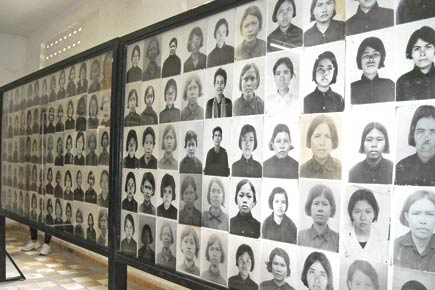
ADVERTISEMENT
Amidst the wafting soulful Buddhist chants, a little bit of John Lennon was there too. As we stepped into Phnom Penh’s Tuol Sleng Genocide Prison, (S-21) — Pol Pot’s secret prison — a young, scruffy musician seated by the entrance crooned a gut-wrenching version of Give Peace a Chance.
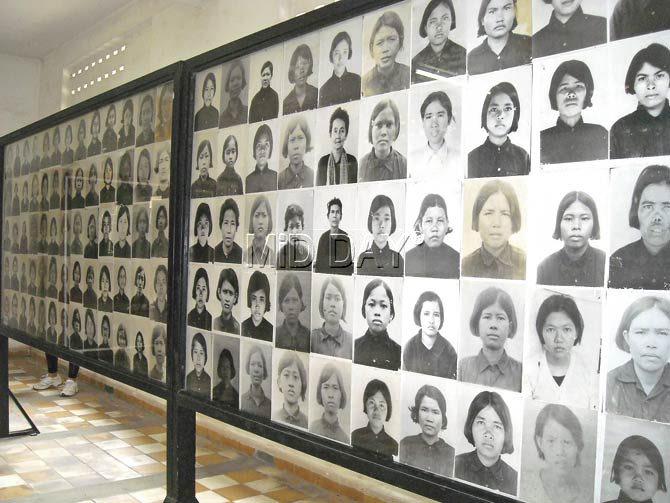 A row of photographs of prisoners at S-21 Prison, also known as the Tuol Sleng Museum of Genocide. As many as 30,000 prisoners were held here before being moved to the Killing Fields outside the city. The museum was meant to also preserve 6,000 black and white negatives as well as 20,000 pages of documentation concerning life in prison. However, the faces remain nameless since the dossiers matching their names went missing or were destroyed by the time this prison was discovered in January 1979. Pics/Fiona FernandezNothing prepared us for what was to follow. It was a school building (Tuol Svay Pray High School) with five wings flanked by a large, grass-ridden compound. As we made our way from one wing to another, the horror unfolded. Thousands of black and white photographs of Cambodians stared back at us; prisoner beds lay silent spectators.
A row of photographs of prisoners at S-21 Prison, also known as the Tuol Sleng Museum of Genocide. As many as 30,000 prisoners were held here before being moved to the Killing Fields outside the city. The museum was meant to also preserve 6,000 black and white negatives as well as 20,000 pages of documentation concerning life in prison. However, the faces remain nameless since the dossiers matching their names went missing or were destroyed by the time this prison was discovered in January 1979. Pics/Fiona FernandezNothing prepared us for what was to follow. It was a school building (Tuol Svay Pray High School) with five wings flanked by a large, grass-ridden compound. As we made our way from one wing to another, the horror unfolded. Thousands of black and white photographs of Cambodians stared back at us; prisoner beds lay silent spectators.
Emotions were mixed: anger, fear and sorrow. Prisoners were tortured here, interrogated and often, executed. Of the thousands of detainees, only seven survived. The gallows, graves (those who lost their lives here), and claustrophobia-inducing cells within wings cut off from the outside world with barbed wires, weren’t for the faint hearted.
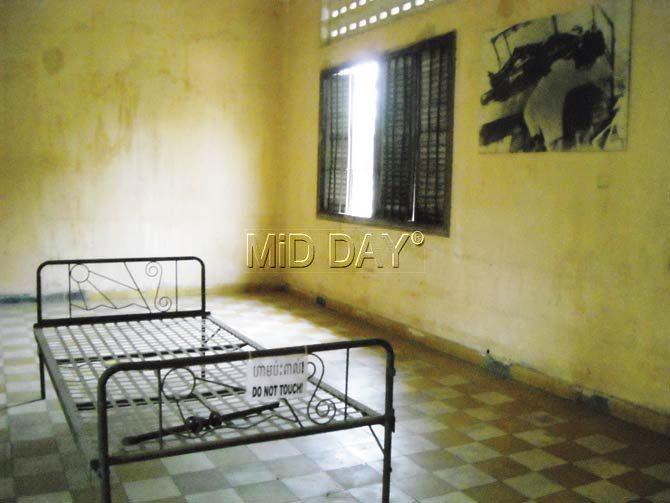
A bed used by a prisoner in Building A. This section was used for interrogating and torturing prisoners who were in high office prior to their arrest
Our next stop was the Choeung Ek Genocidal Center, the killing fields where Pol Pot’s army massacred and filled mass graves. Every month, two to three trucks from S-21 would head to this spot where executions were routinely carried out, by dozens or hundreds. The audio tour is a sensitive retelling of this chapter in an unforgettable period of contemporary Cambodian history (1975-79).
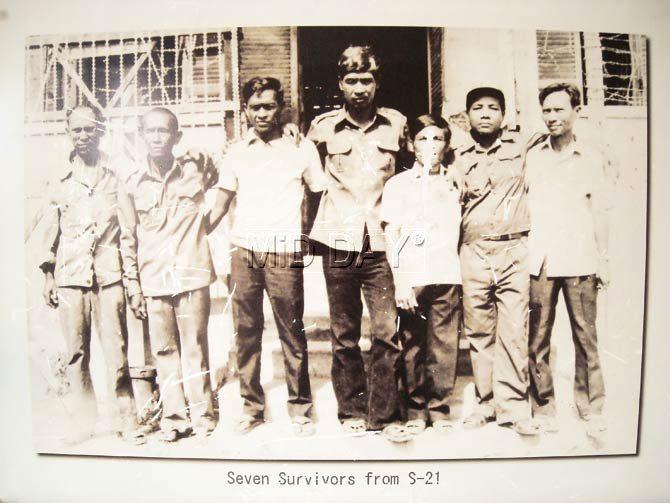
There were only seven known survivors who walked out alive from S-21 after Pol Pot’s rule was overthrown. You will spot kiosks within the complex where books of their saga are sold as local bestsellers
Green-topped mass graves, encased displays of shreds of clothing, bones, skulls and other reminders dot the route. The violence was executed by officials of ‘Democratic’ Kampuchea. Goosebumps is all we could manage.
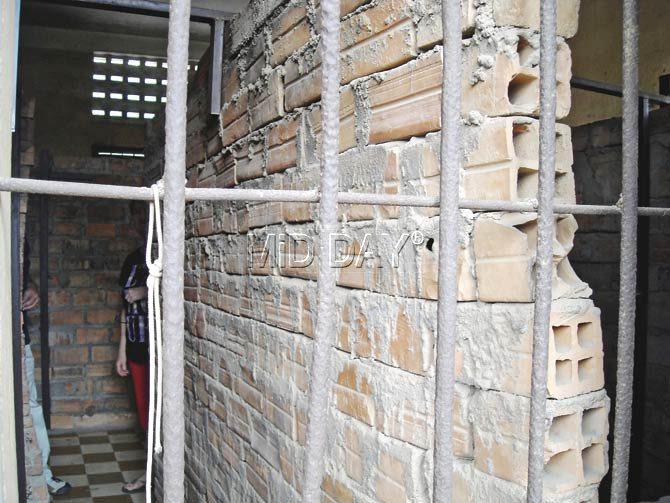
These cubicles inside the most lethal section of S-21 were shut from the outside world with barbed wires on all sides. These were reserved for the most vociferous of Pol Pot’s rebels. Inmates living in these cells that measured 5x5 ft in some cases, underwent unspeakable torture, and went without daylight, water and food for days together

A view of the central complex. In the foreground are gallows where interrogators tied the hands of prisoners with a rope and lifted them, head down. They did this until the prisoners lost consciousness. They dipped the prisoner’s head into a jar of filthy water used as fertilizer for crops in a terrace nearby. This would ensure that the victims regain consciousness and interrogation could continue
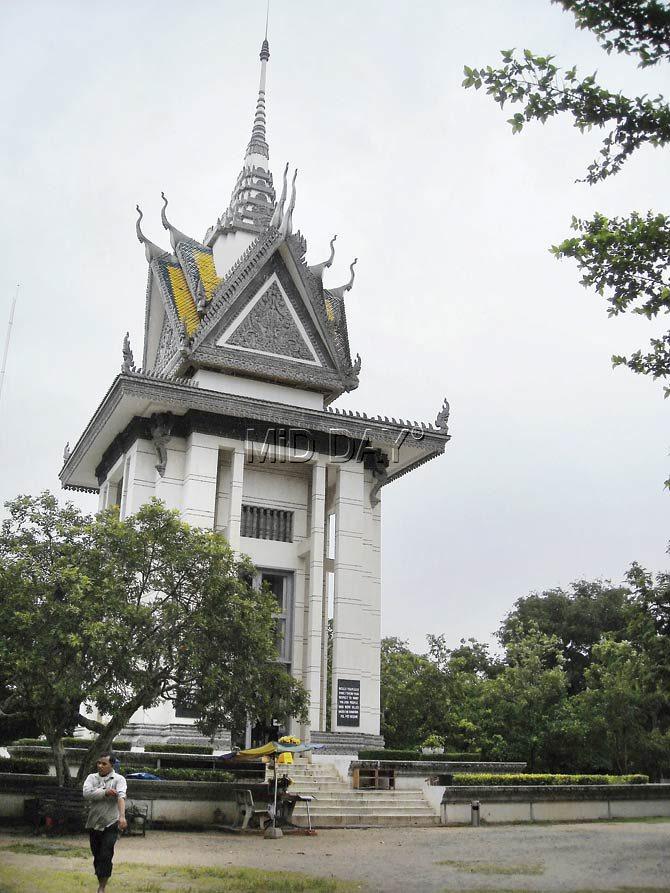
The Choeung Ek Genocidal Center, 15 kms southeast of the city, is one of the most well-known of 300 killing fields in Cambodia. Set up during Pol Pot’s Democratic Kampuchea, it is one of the most moving reminders of the brutal regime that lasted from 1975-79. To understand its significance, take an audio tour that ends at the Memorial Stupa (above) where the remains of Choeung Ek’s victims are preserved
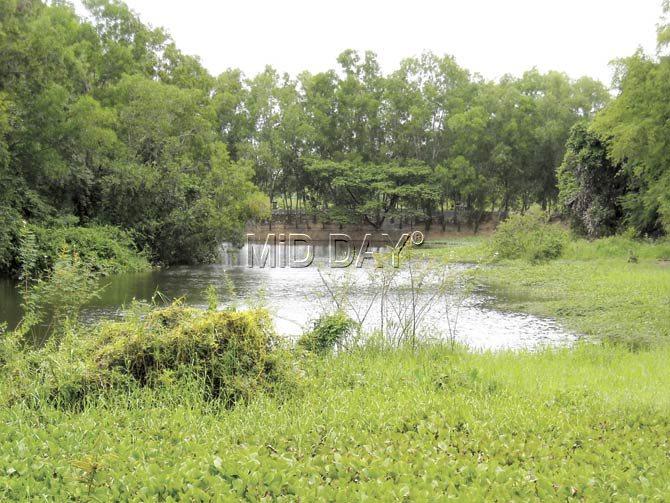
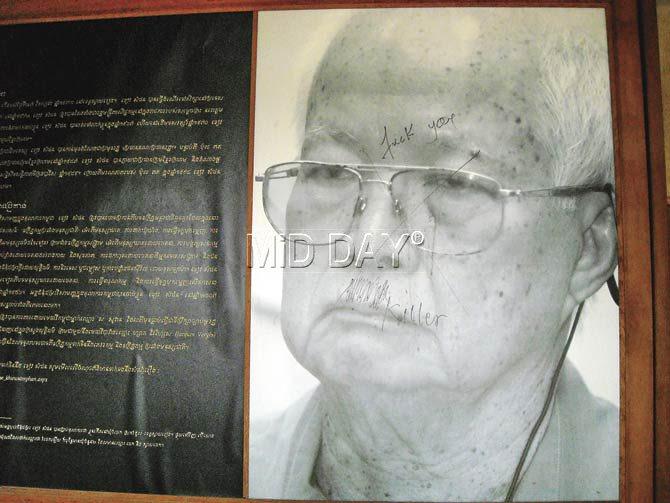
This vandalised and expletive-ridden photograph of Pol Pot (born Saloth Sar, 1925-81) continues to stir extreme reactions among visitors. The leader was behind the most brutal regimes of the 20th century, responsible for the death of over one million people
 Subscribe today by clicking the link and stay updated with the latest news!" Click here!
Subscribe today by clicking the link and stay updated with the latest news!" Click here!







